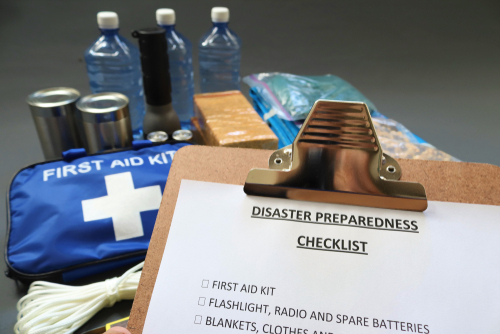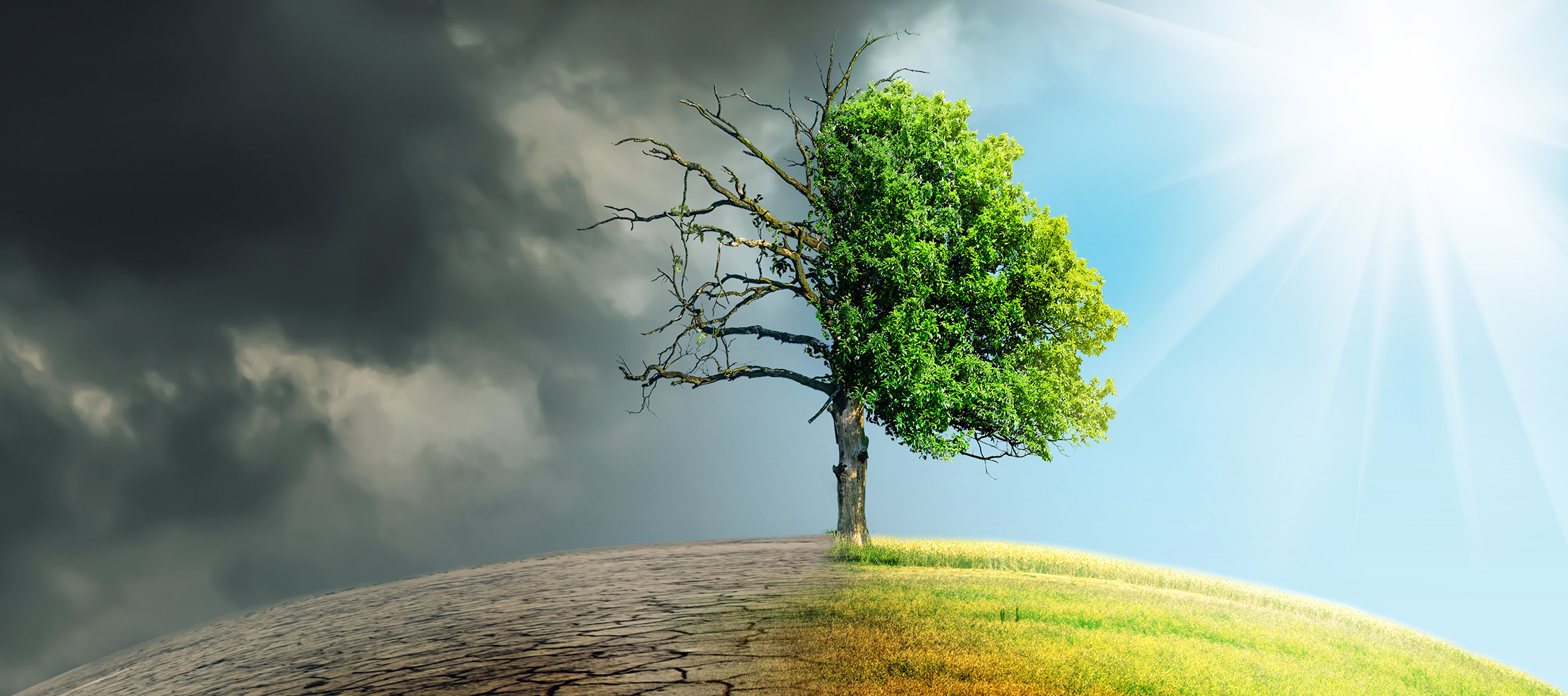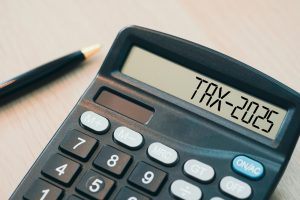Did you know that natural disasters claim around 45,000 lives per year globally?
Last year England and Wales experienced three significant storms that resulted in major flooding and an intense heat wave.
While the United States experienced droughts, severe storms, flooding, and wildfires. In addition, both the UK and the United States are prone to semi-regular earthquakes. We can’t control natural disasters, but we can control how prepared we are when the time comes.
This article will discuss how to prepare for earthquakes and other natural disasters to keep yourself and your family safe in an emergency.
Learn what natural disasters can occur in your area.
Research to determine natural disaster risks in your area, so you know how to prepare. In addition, look into what emergency resources are in your area and how to utilize them in the event of a natural disaster.
Identify areas to meet in an emergency and know evacuation routes.
If there is an emergency, you will not be able to contact your loved ones, so you need to select a location you will meet so you can find each other. If you are in an area with hurricane and tsunami risk, ensure you know where to evacuate and create a meeting point.
If you have school-aged children, ensure you know the school’s protocol and where their emergency shelters are located so you can quickly find them.
Go over earthquake preparedness.
Determine where safe places are located in your home and workplace during an earthquake. For example, cover under tables, near internal walls and avoid areas where bookshelves and large furniture are not secured and can fall over or where glass can shatter.
Know how to shut off your utilities.
You will want to turn off your gas, water and electricity in earthquakes, tsunamis, hurricanes, and flooding. Shutting off utilities will prevent gas leaks, electrical fires, and flooding from broken pipes. Learning this beforehand will prevent further damage to property and increase the likelihood your home will remain safe after a natural disaster.
Create a survival kit.
Survival kits are essential for emergency preparedness. Aiming for equipment that will allow you and your family to survive for 72 hours while you await help is a great start. Every kit should include the following:

- Water (aim for 4 litres or 1 gallon per person daily)
- First Aid Kit (with manual to instruct you through basic first aid)
- Toiletries and Necessary Medications
- Food (enough to last everyone in your household for 72 hours)
- Infant Supplies – if applicable (formula, a bottle, extra filtered water, diapers, wipes, and whatever else your baby needs)
- Blankets or Sleeping Bags
- Flashlights with Extra Batteries
- Clock/Watch (solar or battery operated)
- Protective Masks (Protecting yourself from dust is essential if there is an earthquake, and masks like the Air-Purifying Respirator Mask from Mira Safety are versatile, compact, and protect against dust, gas, and viruses.)
- Cash
- Emergency radio
- Trash bags
- Toilet paper
- Disinfecting Materials
Review the plan with your loved ones frequently.
Ensure everyone knows the plan. Review it frequently, especially if you have young children, so they feel comfortable and prepared for emergencies.
Prepare for natural disasters and protect yourself and your family today!
Natural disasters can occur regardless of where you live, so it is essential to be adequately prepared to protect yourself and your loved ones. Ensure you know what natural disasters commonly occur in your area and what organizations are nearby for help. Review earthquake safety, rendezvous points, and evacuation routes regularly. Know how to shut off utilities and create a survival kit. These tools will help ensure safety and give you and your family the best chance of survival.





